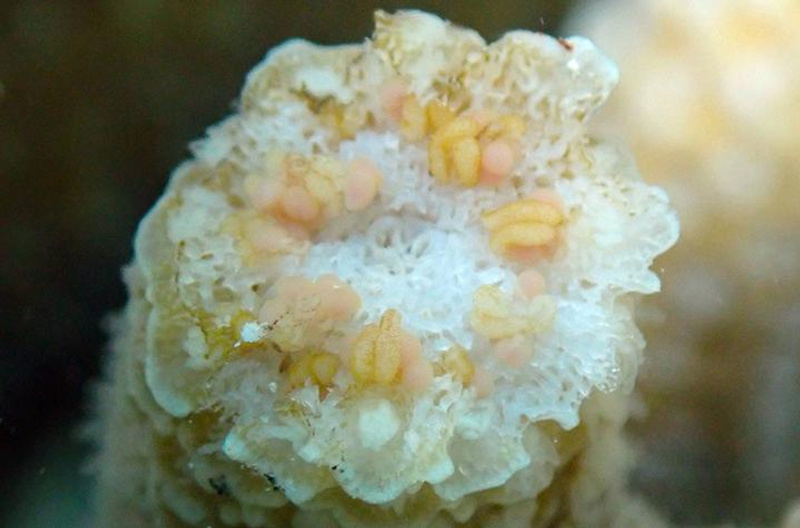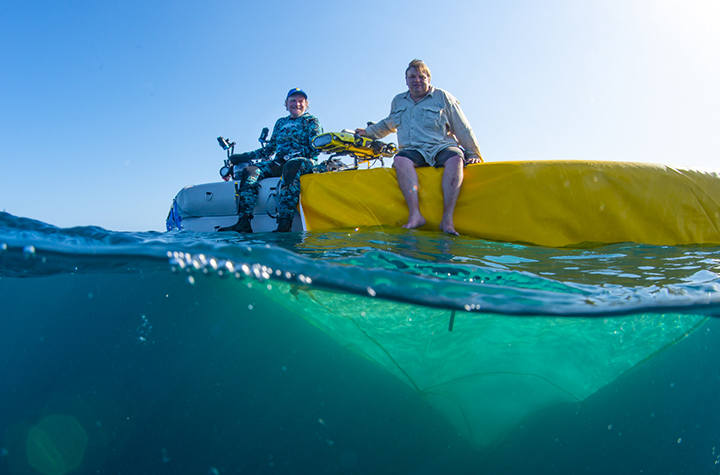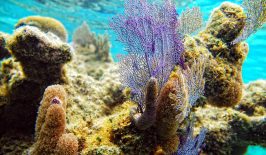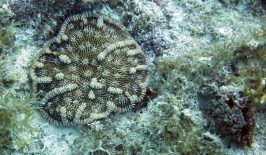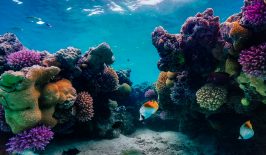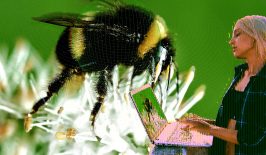An effort to develop ‘IVF’ for coral reefs has met with its first significant breakthrough, with the first viable wild ‘coral babies’ being grown from ‘artificial inseminated’ corals. Researchers at Australia’s Southern Cross University have been developing the concept for several years as one potential solution to rebuilding the vastly depleted Great Barrier Reef.
For head of the project, Peter Harrison, it had been a success decades in the making, with the Director of the Marine Ecology Research Centre first arriving at the idea in the early 1980s. Since then, his team has been working to attempt to replicate the process of human in vitro fertilisation with coral.
When dealing with coral, time is certainly an important factor. The first coral IVF – or larval reseeding – trial was carried out in 2016 at Heron Island. To conduct this, spawn from specially selected heat resistant corals were collected with fine mesh nets and artificially reared in small tanks. Importantly, only spawn from corals which had already survived a mass bleaching event were selected. Once they had grown for around a week they were returned to damaged reefs. It would then be a waiting game to see if they survived and reached maturity themselves.
In December 2021, researchers announced that 22 large coal communities had survived additional coral bleaching events, grown to maturity and filled with eggs and sperm for the next spawning event. Those which are not large enough to spawn this year, look likely to do so in 2022. Professor Harrison explained:
“This is a thrilling result to see these colonies we settled during the first small-scale pilot study on Heron Island grow over five years and become sexually reproductive. The larvae generated from these spawning corals have dispersed within the Heron Island lagoon and may settle on patches of reef nearby, helping to further restore other reef patches that have been impacted by climate change.”
Their survival also suggests attempts to build resilience into the artificially grown corals were also successful. When growing in the nurseries, corals were paired with an algae called zooxanthellae which had been developed to have a higher tolerance of warm waters. The theory was the algae would pair with the coral babies and result in more resistance corals overall.
It seems to have worked. The corals born from the larval reseeding programme generally fared much better than a control group of natural coral, suggesting it was the artificial conditioning of the corals which allowed them to survive and thrive.
With the coral IVF seemingly a success, now comes the challenge of promoting ‘sex on the reef’. Even prior to this announcement, the researchers had already been experimenting with new methods of delivering the larval spores into damaged areas. In collaboration with the Queensland University of Technology, the team built robots which could act as ‘storks’ for delivering baby corals. Dubbed LarvalBot, the small submersibles could cruise above reefs dispersing their payloads of spores. They were deemed to be a huge success with a three-hectare area being reseeded in only 6 hours. To further support the project, a small backpack sized inflatable LarvalBoat was also developed.
The breakthrough comes at a time when other technologies are converging on solving the global issue of coral degradation. Last year, an American university used specially constructed and monitored pools to artificially grow Atlantic coral in a laboratory for the first time, while elsewhere pioneering aerial sensor technology is allowing conservationists to see under the waves like never before.
All of these endeavours will likely be needed to slow or halt coral destruction. According to Reefs at Risk Revisited, around 75 percent of all coral reefs are under threat, while 25 percent have already been irreparably damaged. With corals often forming the basis of complex food chains and providing sanctuary for fish and other sea life, their destruction can have serious knock-on effects – both in terms of biodiversity and economics. Hundreds of millions of people living in coastal areas rely and live off the food chains supported by coral reefs, while tourism operators also benefit from their allure for travellers.
In fact, the Southern Cross University team hopes some of these individuals can become partners in their restoration efforts. The team is also looking into collaborations with tourism operators and citizen sciences to further promote the projects. In the latter case, divers and enthusiasts could be provided with kits to grow their own coral nurseries, providing candidates to be ‘replanted’ into the wild.
